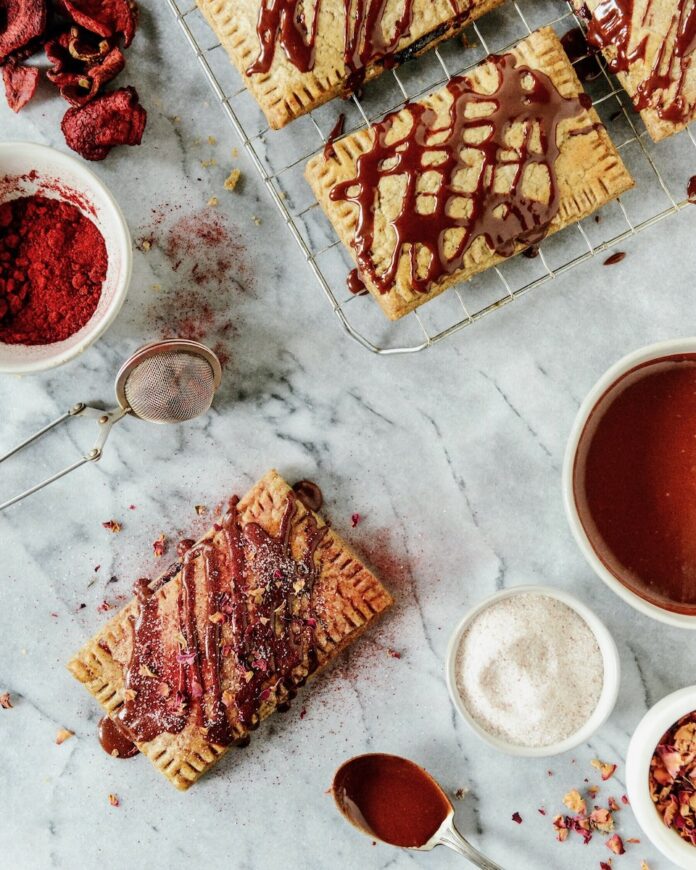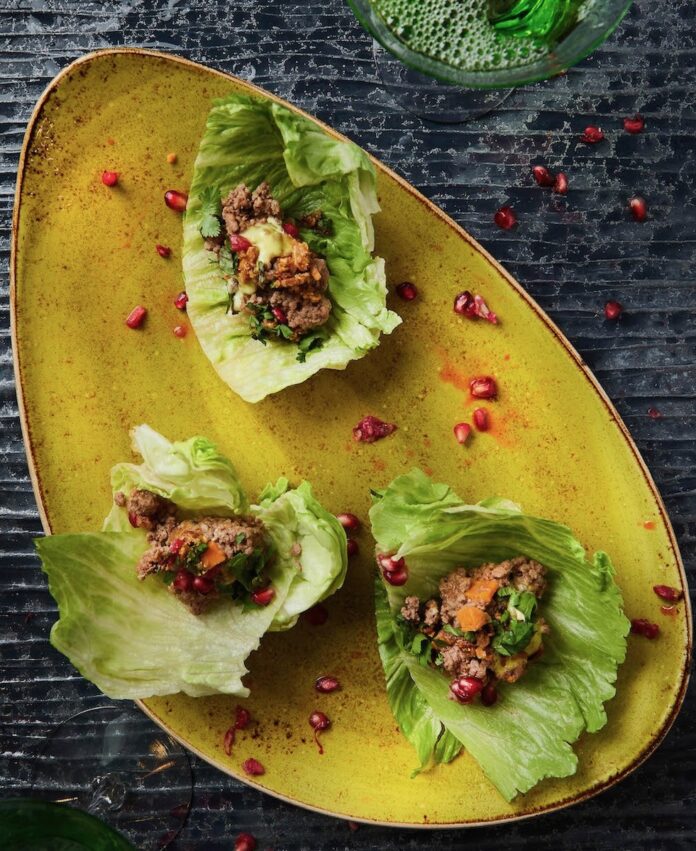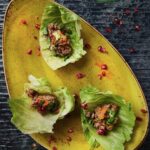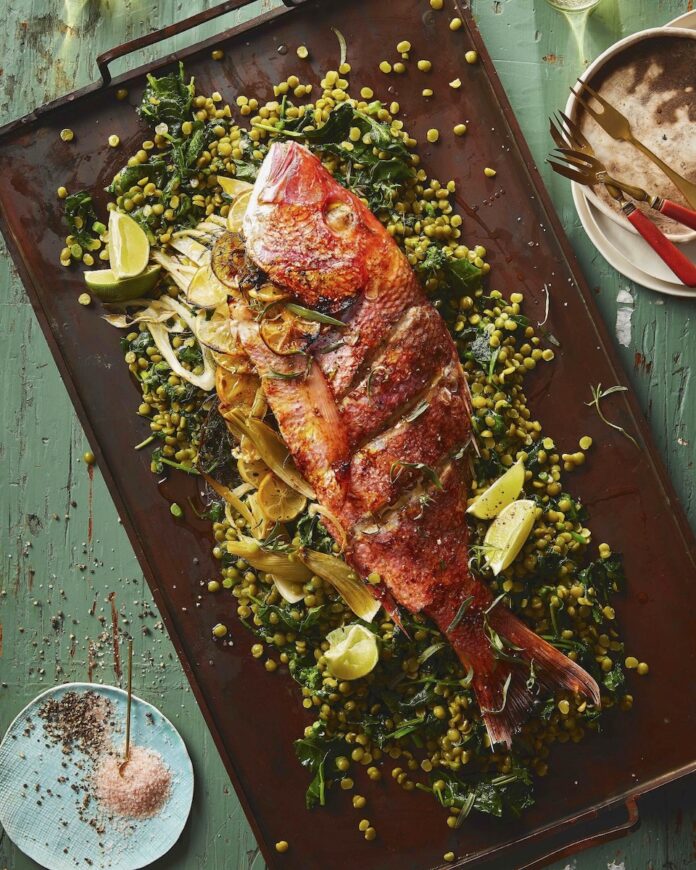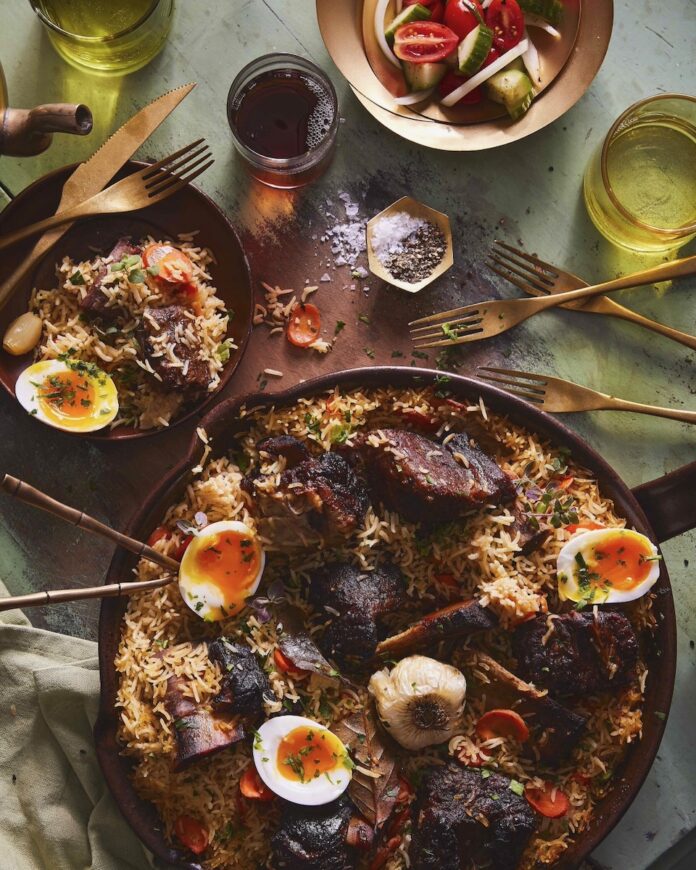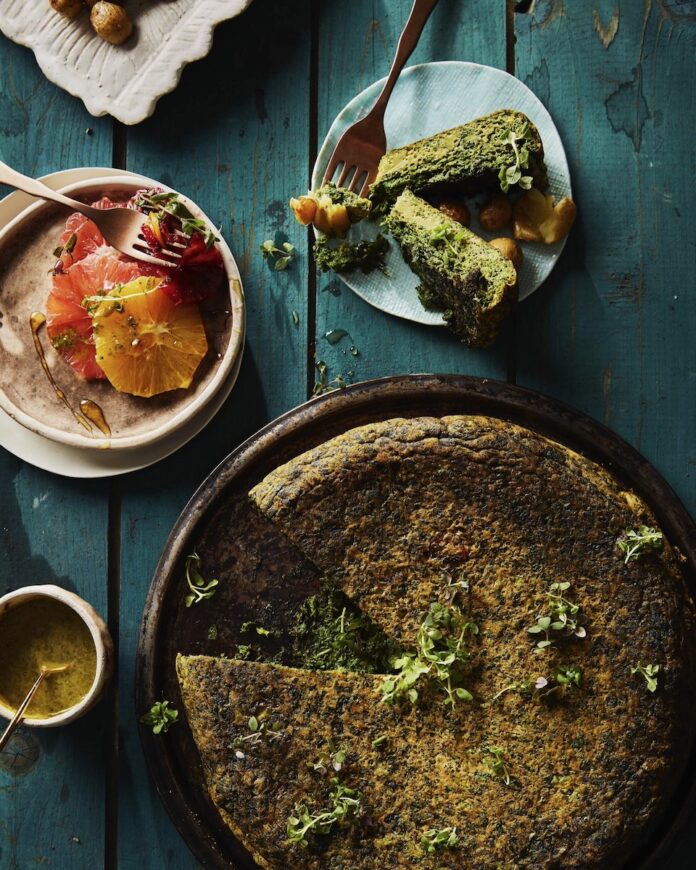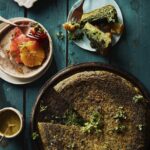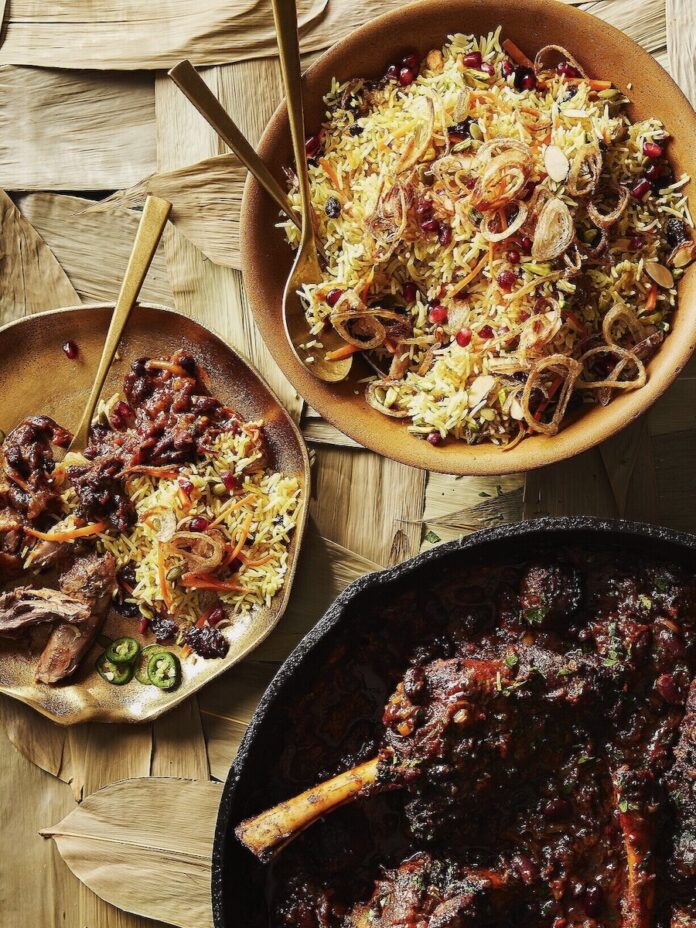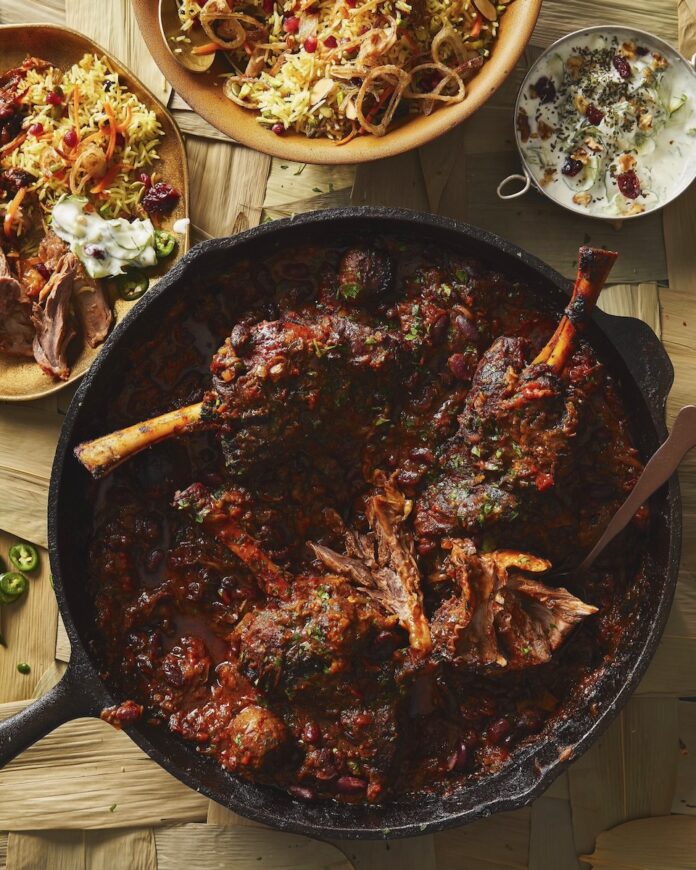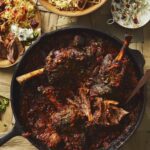Nothing says spring like Lamb Terrine. The chef teams who competed for the top prize at TABLE Magazine’s Lamb Fest in 2021 brought their experience, their imagination, and their talents to the festival last October. The results…nine fantastic variations on deliciousness. Each entry was unique in its flavor profile, in its textures, and in its presentation. It was a tough choice, but the many hundreds of attendees voted their taste buds. Guest Judge Hal B. Klein supervised the count and announced the verdict. And the rest is lamb history.
About This Lamb Terrine
Chris O’Brien of Hyeholde huddled up with Stephen Felder and Cara Del Signore of the now-closed Stagioni to brainstorm their original Lamb Fest entry. They braised Elysian Fields lamb shoulder until tender, and then worked the fork-pulled meat into a classic charcuterie which was tender, moist, and as flavorful as something you’d be dazzled to find at a market in France. Served on a slice of baguette with squash puree and pickled onions, this dish took us on a Transatlantic voyage to the South of France without leaving Lamb Fest. But if you weren’t lucky enough to be there, you can make the Lamb Terrine at home as an appetizer.

Lamb Terrine with Butternut Squash Purée
Description
A delightful appetizer.
Ingredients
- Elysian Fields lamb shoulder
- Blended oil
- Red wine
- Butternut squash (See purée instructions below)
- Sweet onions (See purée instructions below)
- Fresh herbs (rosemary, chives, parsley)
- Tamari
- Whole-grain mustard
- Roasted garlic
- Sea salt and black pepper
- Gelatin
- Lamb stock
Instructions
For the terrine:
- Season shoulder with salt and pepper, then sear lamb shoulder with blended oil in a roasting pan.
- Remove shoulder from pan. Deglaze with red wine. Place shoulder back in pan and cover with lamb stock. Cover and braise in oven at 400 degrees for 3-3 ½ hours.
- Remove shoulder from stock and let cool enough to pick lamb meat from bone keeping intact big chunks of meat.
- Reduce stock until fortified.
- Season lamb meat with fresh chopped herbs, tamari, whole grain mustard, roasted garlic, and sea salt and pepper to taste.
- Add gelatin sheets to fortified stock. Add just enough gelatin-fortified stock to lamb meat mixture to make slightly wet. Place pulled lamb while it is still warm on plastic wrap, form into cylinder and roll tightly and tie at both ends. Poke tiny pin holes throughout wrapped lamb cylinder. Tie a knot at one end with butcher twine to hang lamb terrine in refrigerator overnight. Remove from refrigerator and slice, carefully removing plastic wrap as you slice.
- Finish with sea salt. Serve on a slice of Mediterra baguette slathered with Roasted Butterbut Squash Puree. Sprinkle with Onions Agrodolce.
For the butternut squash purée with sweet onions
- Cut butternut squash in half. Remove seeds. Rub with a dash of olive oil and sprinkle lightly with salt. Roast in oven at 325 degrees until fork tender.
- When the squash is cool enough to handle, scoop the flesh out of the shell and place in food processor. Add ground Espelette pepper, which is sweet and gently spicy, as well as Calabrian chili flakes, which are fiery I character. Tailor how much of each to your tastebuds. Puree until smooth.
- For Onions Agrodolce, slice 2 onions and put them in a pot with just enough red wine vinegar to cover. Bring to a boil, reduce to simmer, and simmer until onions are soft. Strain the vinegar and measure. Add 25% of sugar by weight as well as a few pinches of hibiscus flowers. Simmer until thickened and strain over the reserved onions. Allow to cool and adjust seasoning as needed.
Recipe by Chris O’Brien, Stephen Felder and Cara Del Signore
Styling by Ana Kelly
Photography by Laura Petrilla
Subscribe to TABLE Magazine‘s print edition.

